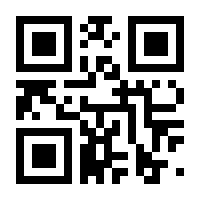
×
![Buchcover ISBN 9783939469537]()
Modality-Independent and Modality-Specific Aspects of Gra mmaticalization in Sign Languages
von Markus Steinbach und Roland PfauOne type of internal diachronic change that has been extensively studied for spoken languages is grammaticalization whereby lexical elements develop into free or bound grammatical elements. Based on a wealth of spoken languages, a large amount of prototypical grammaticalization pathways has been identified. Moreover, it has been shown that desemanticization, decategorialization, and phonetic erosion are typical characteristics of grammaticalization processes. Not surprisingly, grammaticalization is also responsible for diachronic change in sign languages. Drawing data from a fair number of sign languages, we show that grammaticalization in visual-gestural languages – as far as the development from lexical to grammatical element is concerned – follows the same developmental pathways as in spoken languages. That is, the proposed pathways are modalityindependent. Besides these intriguing parallels, however, sign languages have the possibility of developing grammatical markers from manual and non-manual co-speech gestures. We will discuss various instances of grammaticalized gestures and we will also briefly address the issue of the modality-specificity of this phenomenon.


